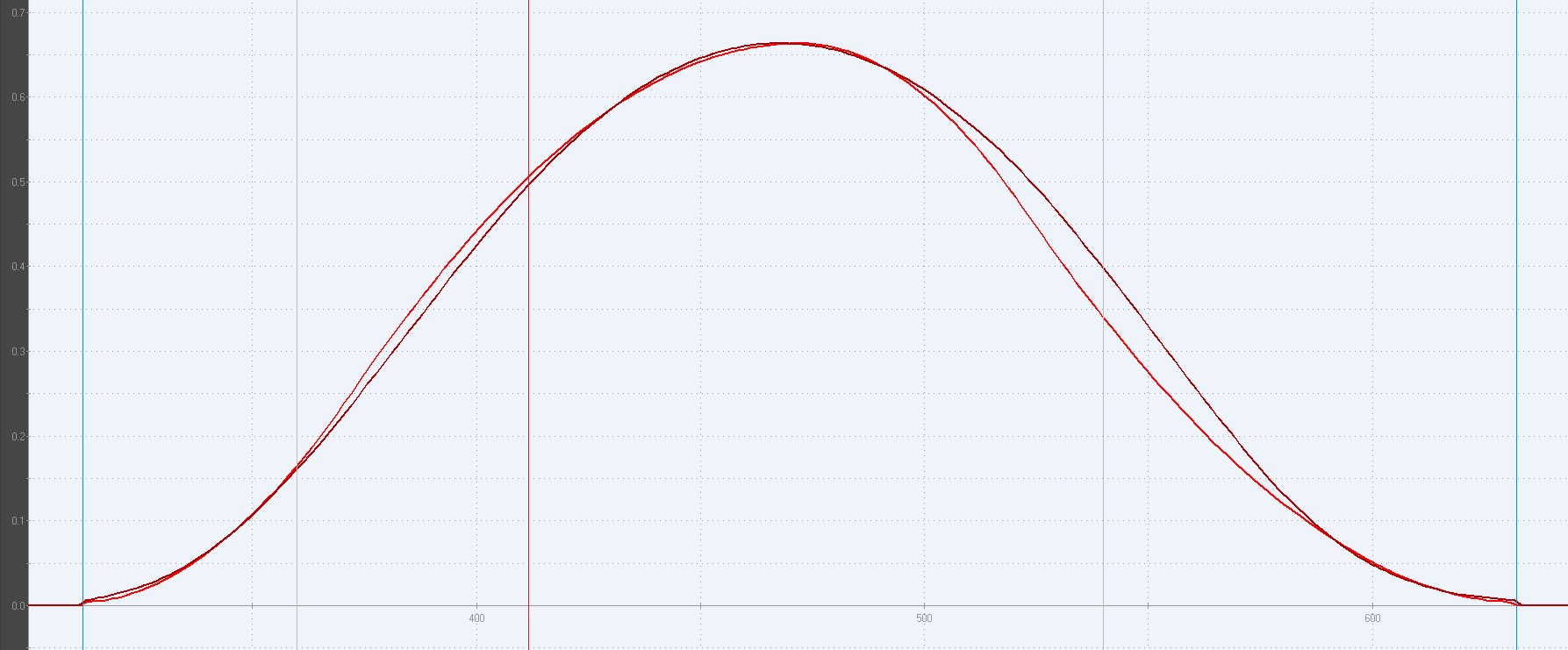Engine building is a complex process, demanding precision and a deep understanding of how various components interact. Whether you’re a seasoned engine builder or just starting out, Engine Analyzer Software can be an invaluable tool. This software allows you to simulate engine performance based on various parameters, helping you optimize designs for maximum power, efficiency, and reliability.
 Image
Image
Choosing the Right Engine Analyzer Software
The market offers a range of engine analyzer software options, each with its own strengths and weaknesses. Some popular choices discussed by experienced engine builders include:
- Engine Analyzer Pro: A comprehensive software known for its user-friendly interface and accurate simulations. It allows users to input detailed engine specifications, including camshaft profiles, cylinder head flow data, and intake/exhaust configurations.
- Pipemax: While not a full engine simulator, Pipemax excels at modeling exhaust systems. It’s a powerful tool for optimizing header design, exhaust pipe sizing, and muffler selection to maximize scavenging and minimize backpressure.
- Dynomation 6: This software stands out with its access to an extensive database of camshaft lobes, ensuring accurate camshaft modeling. It boasts features for simulating various engine types and analyzing performance across a wide RPM range.
- EngMod4T: Considered a more advanced simulation tool, EngMod4T offers in-depth modeling capabilities, particularly for intake and exhaust systems. It’s often favored by experienced engine builders and engineers.
- Desktop Dyno: A cost-effective option for beginners, Desktop Dyno provides a basic platform for understanding engine performance principles. While less detailed than some other options, it’s a valuable learning tool.
Maximizing Results with Engine Analyzer Software
The accuracy of any engine analyzer software relies heavily on the quality of the input data. The principle of “garbage in, garbage out” applies directly to engine simulation. To achieve meaningful results:
- Accurate Measurements are Key: Precise measurements of critical parameters like compression ratio, runner lengths, and flow numbers are essential for accurate simulations.
- Understand the Software’s Limitations: Engine analyzer software is a powerful tool, but it’s still just a simulation. Real-world results may vary due to factors not accounted for in the software. Use the software to identify trends and possibilities, not as a guarantee of specific horsepower gains.
- Continuous Learning: Many software packages come with comprehensive documentation and tutorials. Take the time to learn the software’s features and understand the underlying principles of engine performance.
Beyond the Basics: Advanced Features
Some engine analyzer software offers advanced features that go beyond basic performance prediction:
- Camshaft Lobe Profiles: Access to accurate camshaft lobe profiles, either through direct measurement or comprehensive databases, significantly improves simulation accuracy.
- Intake and Exhaust Modeling: Sophisticated modeling of intake and exhaust systems allows for optimizing runner lengths, diameters, and overall geometry to enhance airflow and performance.
- Combustion Analysis: Some software can simulate the combustion process, providing insights into factors like burn rate, flame propagation, and cylinder pressure.
Conclusion
Engine analyzer software is a valuable tool for anyone involved in engine building. By providing a platform for virtual experimentation and optimization, it empowers engine builders to make informed decisions and unlock the full potential of their engine designs. Choosing the right software and providing accurate input data are crucial for achieving reliable and meaningful results. Remember that engine simulation software is a tool to guide your decisions, and real-world testing is always necessary to validate the results. From basic performance prediction to advanced combustion analysis, the right engine analyzer software can transform the way you approach engine building.
